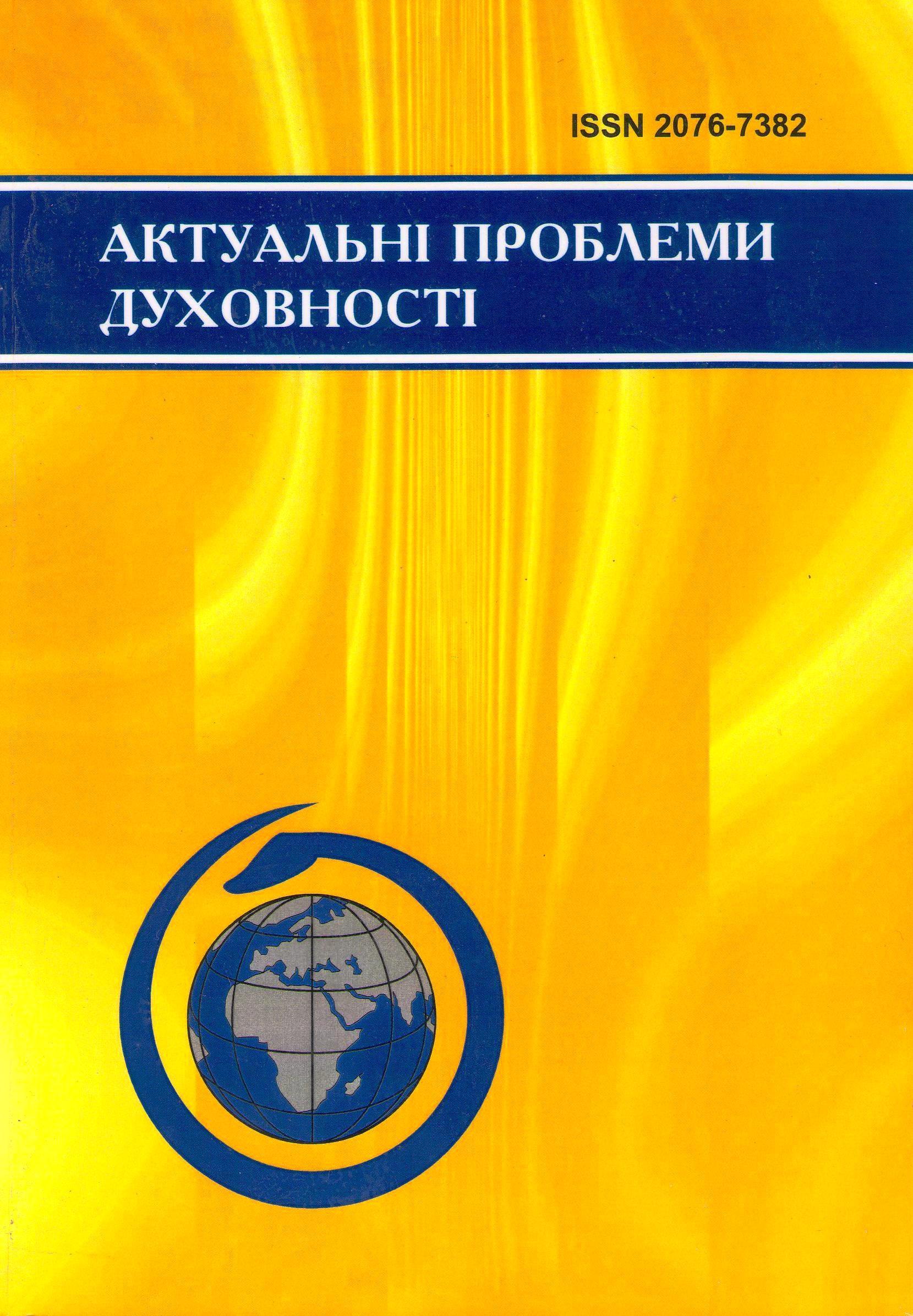The psychophysical problem and some reductive approaches to its solution in twentieth-century analytical philosophy
DOI:
https://doi.org/10.55056/apm.7727Keywords:
philosophy of mind, consciousness, psycho-physical problem, dentity theory, eliminativism, non-reductive physicalismAbstract
This paper discusses some of the important issues that are in the focus of contemporary analytical philosophy of consciousness. In particular, it reviews the approaches to solving the classical psychophysical problem that have been proposed within the framework of reductive physicalism. First of all, a modern reconstruction of the psychophysical problem itself is presented.
It is emphasised that a characteristic feature of analytical philosophy is the desire for clear and precise formulations of the problems under consideration. When it comes to a particular philosophical problem, it is very important to determine exactly what it is and what question within this problem needs to be solved. In order to achieve such precision and clarity, analytical philosophy uses the method of logical reconstruction of philosophical problems for their further logical and conceptual analysis. Such a reconstruction usually involves a number of theses about the area under study, each of which is sought to be reliably substantiated.
The problem arises when these theses turn out to be logically incompatible with each other and we are faced with the choice of which one to abandon. In his book The Concept of Consciousness, Ryle developed a certain approach to solving the psychophysical problem, which he called ‘logical behaviourism’. Logical behaviourism is a physicalist theory of a reductive type, since within its framework any concept belonging to the sphere of consciousness is exhaustively explained solely with the help of concepts from the sphere of physics, i.e. a complete reduction of mental phenomena to physical phenomena is made. This approach faces significant difficulties, since the restriction of the admissible physical language to behavioural predicates significantly narrows the possibilities of physical analysis of the language of psychology. Therefore, starting in the second half of the twentieth century, the so-called ‘identity theory’ began to gain more and more popularity among the supporters of reductive physicalism.
Downloads
References
Russel etc.
Downloads
Published
Issue
Section
License
Copyright (c) 2024 Yaroslav Shramko

This work is licensed under a Creative Commons Attribution 4.0 International License.





